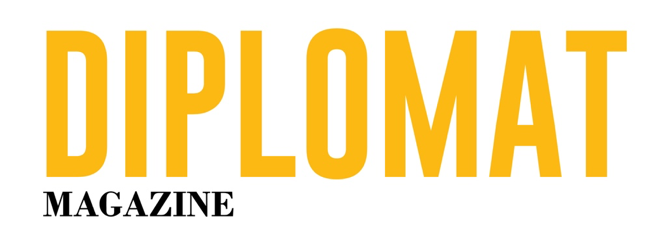By Anton Lutter.
On sunny 27thJune Museum Sophiahof in The Hague was officially inaugurated by His Majesty King Willem-Alexander. Many guests from the Dutch-Indies community were invited next to guests such as Indonesian Ambassador I Gusti Wesaka Agung Puja, the State Secretary of the Ministry of VWS Mr. Paul Blok, the Kings commissioner in Zuid-Holland Mr. Jaap Smit, the mayor of The Hague Mrs. Pauline Krikke and former Minister of Foreign Affairs Bernard Bot.
The Museum Sophiahof is housed in a monumental building on the Sophialaan 10. It’s a national monument and was built by the former Minister of Colonies Guillaume Louis Baud in 1858. Through its new destination is has regained its connection with the Dutch Indies past.
At the end of 2015, then State Secretary Martin van Rijn of VWS introduced the Backpay Benefit Scheme, after negotiations with the Indisch Platform. Part of the negotiations result was the implementation of the so-called Collective Recognition, whereby the government wanted to safeguard the significance and importance of shared history for the future.

To achieve this goal five leading organizations from the Dutch-Indies community: Indisch Platform, Indisch Herinneringscentrum (Indies Remembrance Center), Nationale Herdenking 15 augustus 1945 (National Remembrance 15 August 1945), Pelita and Moluks Historisch Museum (Moluccan Historical Museum), initiated the Museum Sophiahof a place where one can meet, provide education, a museum as well as offering opportunities for cultural activities.
In his speech before the King, Mr. Silfraire Delhaye, president of the Indisch Platform, the leading Dutch Indies organization in The Netherlands, noted that: after a long period of efforts today we may open the doors to the public of the Museum Sophiahof, with this there’s now a nice place where the public has access to the shared past of the Netherlands and Indonesia.

There’s joy and pride from the reactions of those present here. But that joy was preceded by a long period of grief. The Dutch from the former Dutch East Indies have unresolved grievances after the Japanese occupation and upon arrival in the Netherlands. Namely, exclusion from payment of overdue wages to Dutch soldiers and civil servants in the service of the Dutch East Indies and the disqualification of war damage on the basis of the “territoriality” principle of Dutch citizens from the Dutch East Indies.
At the heart of that grief is a government that has always been very formalistic and legalistic since the end of the war. They acted within the rules, but the outcome did not take away the deep-rooted feeling of being treated unjustly.

So much for the Indies sorrow and now back to the joy. That was on the 3d November 2015 when Mr. van Rijn wrote in a letter to the Dutch Parliament that an agreement had been reached: “By making arrangements on “moral grounds” for the issue of overdue salary and for the interpretation of the collective aspect a “Collective Recognition”.
Secretary of State Mr.Paul Blokhuis: It feels like today a long-held wish is being fulfilled by many people with roots in the former Dutch East Indies. Own place. To be able to remember, to meet, to learn, to investigate. Here, in the Sophiahof. The people who lived in the former Dutch Indies, are still in our midst. Unfortunately, with less and less. And that’s why their stories are so important.
The past colors differently for everyone. But there was and is shared sadness. Sadness for the loss of what you knew. To the departure, that was often forced. The traumas of the Japanese occupation, the camps, forced labor, the Bersiap, the decolonization war. Arriving destitute in a country that many never had before known, be treated as a third-party citizen. You all come from the same house. And how different you are recognizing each other in what you share. The course of history that cannot be reversed. But the own identity it is deeper than anything else. We have come a long way to get to where we are today. Together, based on that past in which so many people have their own story, we have built a new home!
After the speeches, the King together with representatives of the founding organizations performed the opening ceremony which was the composition of a melatiflower, which symbolizes the Dutch Indies community, followed by a variety of cultural performances.
Afterwards His Majesty took the time to converse with both war victims as well as young people and visited the exhibition “Fighting for Freedom” the many faces of resistance during WWII in the Dutch Indies. The sunny and joyful opening of Museum Sophiahof was ended by a traditional Indonesian dinner, which was hugely enjoyed by the attendants.
——————-
Photography by Mr. Armando Ello.

















